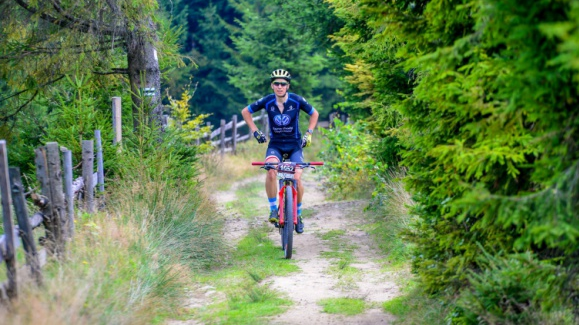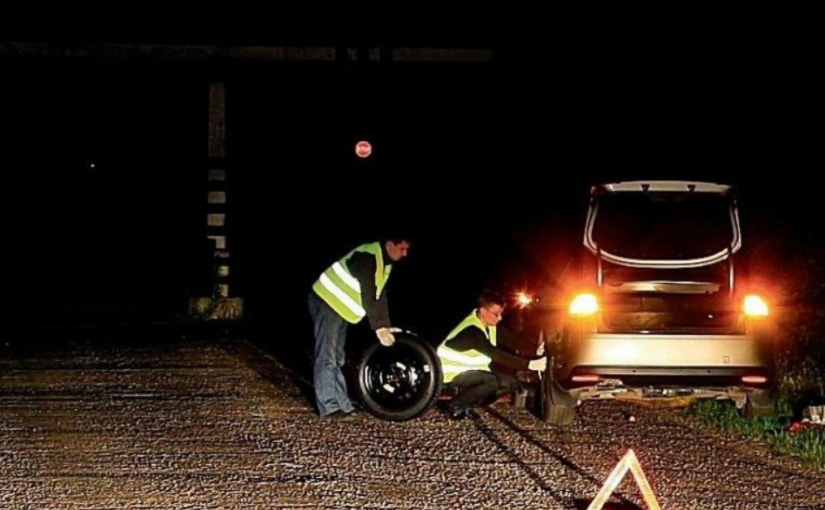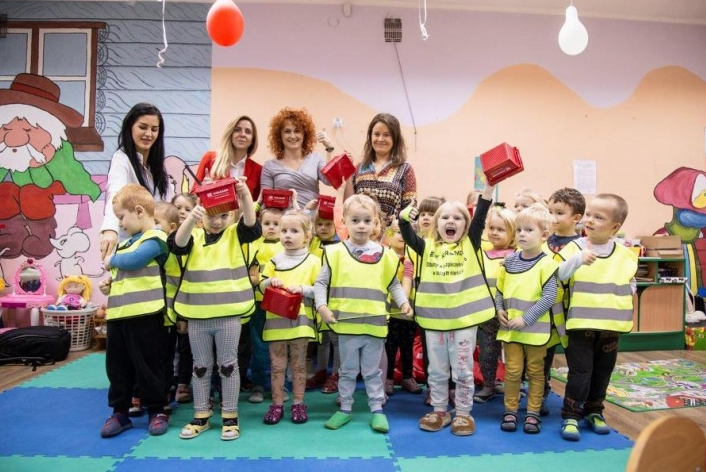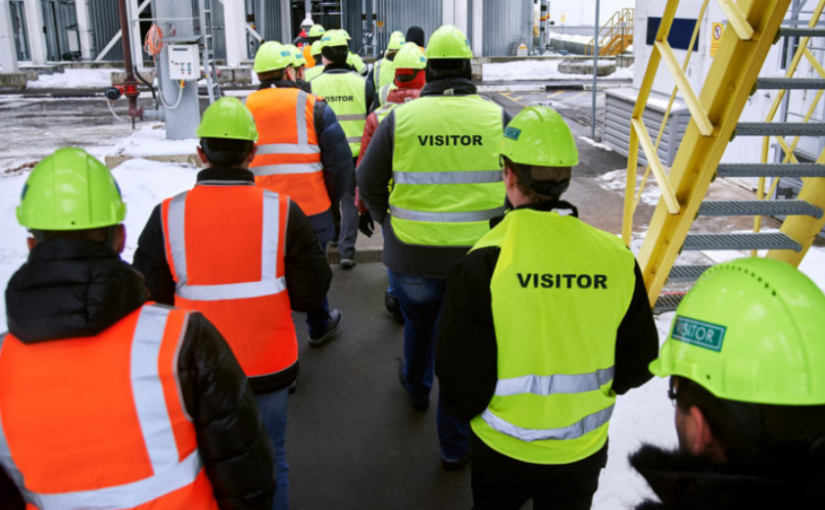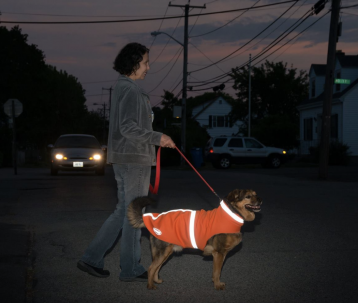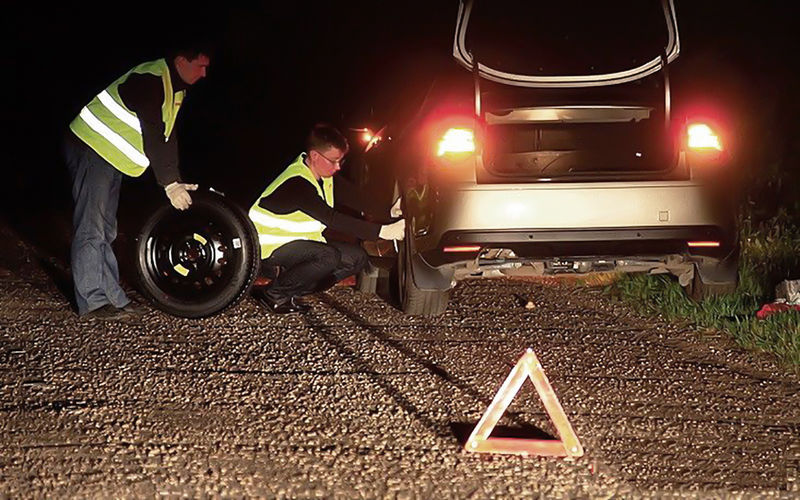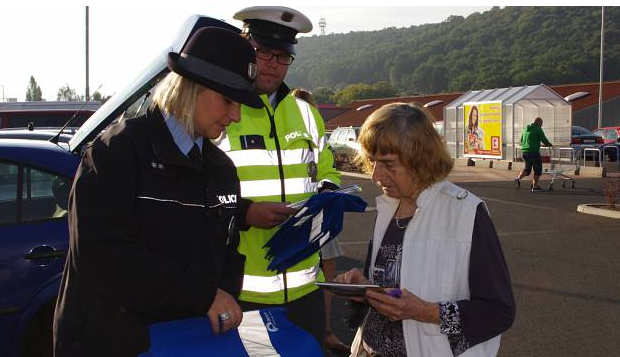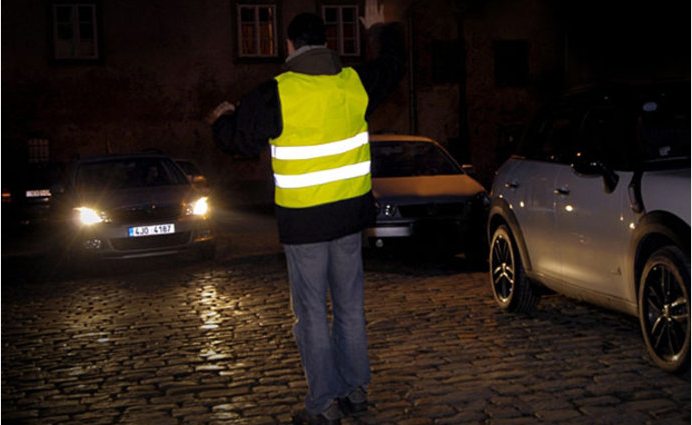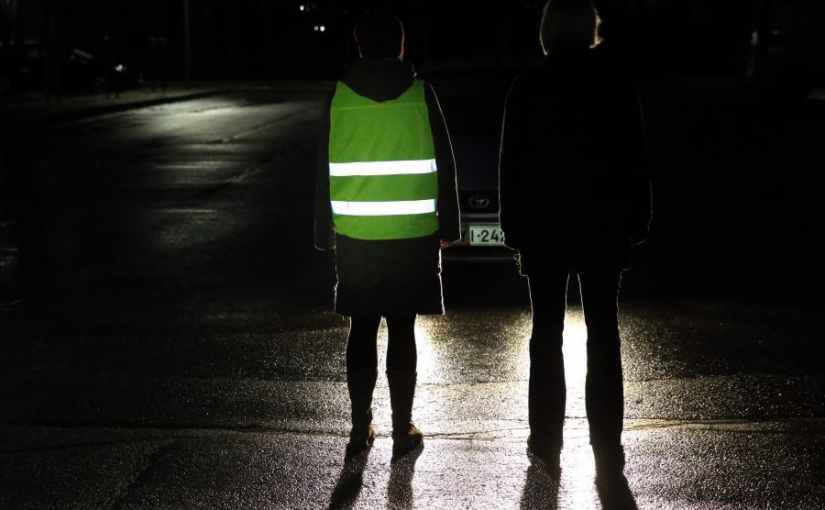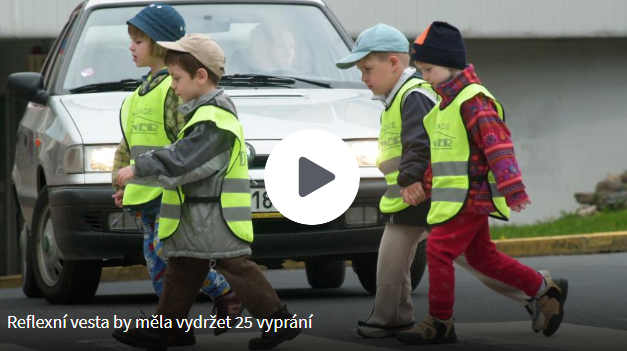Vacation is the perfect time to return to physical activity. One of the most popular summer outdoor activities is cycling. However, do we remember the rules of safe and comfortable driving after a long break? How to inflate tires properly, adjust the saddle and what to wear for a bike ride? Advice!
When entering a garage or basement, do you avoid bike sight? Beautiful weather outside, and you wonder how to apologize with your two-wheeler? Before you get on your bike, remember some important rules. Together with Michał Fick, a rider of Volkswagen Commercial Vehicles MTB Team, we will help you return safely to cycling activity.
Safe vehicle = safe cyclist
Safety is the basis, so the first thing you must remember before getting on your bike is to check the condition of your vehicle.
Michał Ficek says: Effective brakes and the right amount of air in the tires are the absolute minima that our holiday transport should meet. It would be ideal to plan a visit to the bicycle service to make sure that all components of the drive system are working properly and that covering kilometers will not be associated with any danger due to the poor technical condition of the two-wheeler.
How can you check if your tires are properly inflated? The easiest way to do this is to press the tire with your thumbs at the end of the tread. If you can only make a millimeter dent, it means that your tires have enough air.
However, not only a functional vehicle guarantees safe driving. The cyclist must be visible on the road, so remember that your bike should be equipped with a front lamp with white or yellow light, a lamp with red light and a red reflective tape element placed at the back. Although the regulations do not require wearing safety helmets, it is worth protecting your head against any injury on any trip.
Attitude is the basis! Take care of the right position while driving
The right attitude is very important, no matter whether you play sports, walk or rest. Thanks to the right height adjustment of the bicycle saddle, we ensure not only a comfortable ride but also safety and comfort for our spine.
Michał Ficek says: First of all, pay attention to the appropriate frame size and saddle height. You cannot allow a situation when, during pedaling, our knees “run” sideways, we have a problem with reaching the pedals or unstable sitting on the saddle. The old school says that the right height of the saddle is one in which, sitting motionless in the saddle with the leg straight, we touch the heel with the pedal located at the most distant point of the crank mechanism rotation. Systematic riding in the wrong position can do us more harm than good.
How to properly set the height in a city bike? When riding on such a two-wheeler, the cyclist’s position is more upright, so the steering wheel must be set higher relative to the saddle (about 5 cm or more). In this position, most of the bodyweight is on the back of the bike, not on the hands.
First of all, convenience – a few words about a cycling outfit
During holiday trips, we are happy to choose a bike as a means of transport. Summer is a time when airy dresses reign, for ladies: dresses and skirts. Unfortunately, this outfit, although it looks impressive, is not a good option when riding a bicycle.
Michał Ficek says: When getting on the bike, we will forget about loose, long legs, which love to get caught in the chain. Occasional rides will not require special clothing – just comfortable, weather-proof shorts, a T-shirt and shoes. As the distance traveled on the bike increases and the time spent on the saddle, it is worth thinking about dedicated to this type of activity, more tight and at the same time airy clothes, in particular, shorts with a comfortable liner.
Appearance is not everything: apart from a comfortable outfit, for safety reasons, it is also worth putting on glasses that protect our eyes from the sun and getting sand, dirt or small insects into the eyes.
Measure your strength
The last thing to remember before getting on the bike is the right choice of route and load, adapted to the condition and possibilities. It is worth doing a short warm-up before the ride to prepare the body for physical exertion.
Michał Ficek says: If you return to the bike after a long break, remember to measure your intentions and start with short, undemanding routes. During the holiday we will feel a lack of physical effort for several months, so let’s approach sports activities with caution.
